I returned to Oaxaca this year to take a second photography workshop with Mary Ellen Mark. Here is an account of that trip — and its impact on me — that I wrote for a local magazine. It is an updated version of the story of my first workshop a year ago.
***
No Bull!
Discovering charros and more in Mexico with Mary Ellen Mark
By Tim Porter
The bull had been chased at survival-of-the-fittest speed by a charro on horseback, grabbed by the tail, and then flipped nose first upside down into the dirt, where its rolling bulk created a sideways tornado of dust and grit that hid all but its whirling hooves and horns.
Now, it was coming my way — one ton of off-the-hoof, out-of-control hamburger on a collision course with me and my Nikon. My options were few. A brick wall behind me. A cluster of horses, ridden by wranglers waiting for the bull to come out of the spin cycle, in front. A flimsy metal gate to my left.
I defied the complaints of aging knees, muttered a silent namaste of thanks to my yoga teacher and leapt for the gate.
A second later the bull gained its footing, arose from the ground like a drunken frat boy who had been ejected from a hipster bar, and looked for something two-legged on whom it could exact revenge. Its eyes, angry and aflame, found mine, doe-like and frozen, in my perch three feet above him on the gate. The bull swung his heavy, bony head into the gate, rattling my nerves and my bones. Then the charros, emitting whoops and wielding lassos, chased off the beast.
I checked the camera, noticed bull spittle on my jeans, moved back down along the wall and waited for the next animal.
Just another vacation day in Mexico.
Years ago, I worked at a newspaper in San Francisco with a British reporter who had done several stints with the London tabloids and he liked to say of a hard-to-believe yarn, “Hey, it’s a great story even if it’s true.”
This bull story is no bull. But there are greater truths to be told here.
My nose-to-nose encounter with the bull happened while I was photographing the second day of a charreada, a traditional Mexican rodeo that took place about 10 miles south of the city of Oaxaca in a town called Tlalixtac de Cabrera. There, teams of charros, the iconic Mexican horsemen whose tight-fitting suits and wide-brimmed sombreros remind tourists of mariachi bands but whose history is rooted in the horse culture brought to Mexico by the Spanish conquistadores, competed for the state championship.
I was in the lienzo charro (the arena) because of one woman, Mary Ellen Mark, the iconic photojournalist who has worked for Federico Fellini, and Life and Vanity Fair, but is best known for her lifelong pursuit of documenting those who inhabit society’s fringes — street kids, circus performers and prostitutes.
She was a hero of my youth, the reason I became a photographer. My two days with the charros were part of a 10-day photography workshop she led in March in Oaxaca.
***
I first learned of Mary Ellen when I was in my 20s. The ’60s had come and gone and I was living in the wake of the period’s wanton indulgences. I’d gotten a low-level job in a swanky Nob Hill hotel and returned to college, but I had no plan. School was merely a way out of a life I could no longer live.
One day I saw two photographs in a magazine, both taken in India. In the first, a boy sat at table in a cafe. His hair was long, his shirt torn. He leaned, dreamy-eyed, toward a glow coming from a nearby window. The second photo showed a hippie couple resting on a beach. They wore white, wispy clothes. The boy’s hands rested on a harmonium, an Indian hand organ. He and the girl gazed languidly toward the sea.
In those lost children, I saw myself. The images embodied the untethered wandering that defined the era and that had led me, unwittingly, down shrouded paths from which many never returned. I’ve never forgotten those two photos.
Mary Ellen Mark was only 31 when she made those pictures, but she was already accomplished — assignments worldwide, a Fulbright, her mind and her camera focused on the social trends of the day. She has said of those years, “I’m just interested in people on the edges. I feel an affinity for people who haven’t had the best breaks in society. What I want to do more than anything is acknowledge their existence.”
Her desire inspired me, a confused young man who had passed from adolescence into adulthood along those same edges. I bought a camera. I learned to develop film, found a job in a darkroom and began shooting on the street, joined the community college paper, and started shooting news. There was plenty of that in those days — kidnappings, demonstrations, strikes. I used the camera to both open the world to me and to shield me from it. In journalism, I’d found a purpose. I freelanced and hoped for a career in photojournalism .
But it wasn’t to be. My work wasn’t that strong. I was too timid, too distant. More than that, I allowed insecurity to ride roughshod over passion. To stay in journalism, I started writing, which came more easily than photography. Ambition took hold and I followed the opportunities — editor of this, editor of that, editor of whatever came along.
Then it was over. That’s too long a story to tell here. Suffice to say that 30 years after finding myself, I was lost again. Time passed. One day I took out my old Nikon, loaded some film and wandered about the suburban marshes. Just like that, it all came back.
My wife, more perceptive about me than I am, gave me a small digital camera. I learned the software. I bought a bigger camera. I found work with a local magazine that needed someone who could both shoot and write. Over time, more work came. And better cameras. And lights. And a studio. I became, at last, a photographer.
Happy ending, right? Boy wants girl. Gets rejected. Wins over girl years later. Fade to black. Roll credits.
Hold the Hollywood moment.
There was still that itch, unscratched — the edge, the margin, the harder truths. Don’t get me wrong. Living and working in Marin is a good life that many would like to have. But edgy it ain’t.
Then, 18 months ago serendipity struck. I learned of Mary Ellen Mark’s workshop in Oaxaca (where my wife and I had built a house). So tantalizing, so coincidental it seemed impossible — Mary Ellen (my inspiration), photojournalism (my abandoned child) and Oaxaca (my adopted city) all combined.
I joined the workshop last year. I met Mary Ellen (an extraordinary woman of relentless authenticity). I photographed in garbage dumps and garlic fields and the bedrooms of transvestites. I jabbered all day in Spanish. I came home with several good photos and a vow to return — which I did in March.
This year, when I returned home from Oaxaca, a friend asked, What did you learn?
I didn’t have a thoughtful answer at the time and instead something about getting closer with my camera. Since then, I’ve considered the question more and here is what Mary Ellen taught me:
- That photography soothes me with its seeing and excites me with its engagement.
- That I am moved by the tenacity and spirit and generosity of those who struggle daily for survival. I wish I were more like them.
- That I remain, after all these decades, hesitant in the face of challenge, overly self-critical on the verge of success and easily distracted from the pursuit of the long-term by the gratifications of the short.
Good lessons, yes, but truthfully I knew all of those things before I went to Oaxaca in March, so you might say I learned nothing. You would be wrong.
What Mary Ellen Mark taught me most of all was to trust who I am. In that sense, I learned everything.


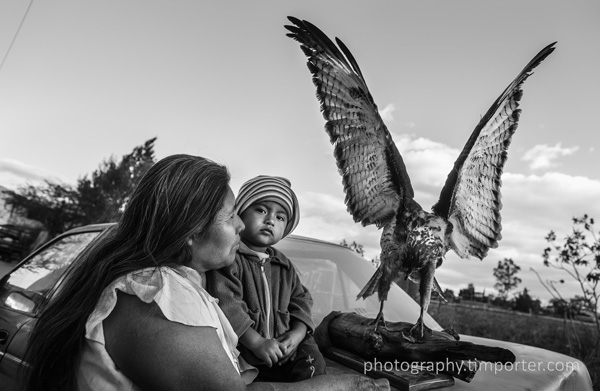


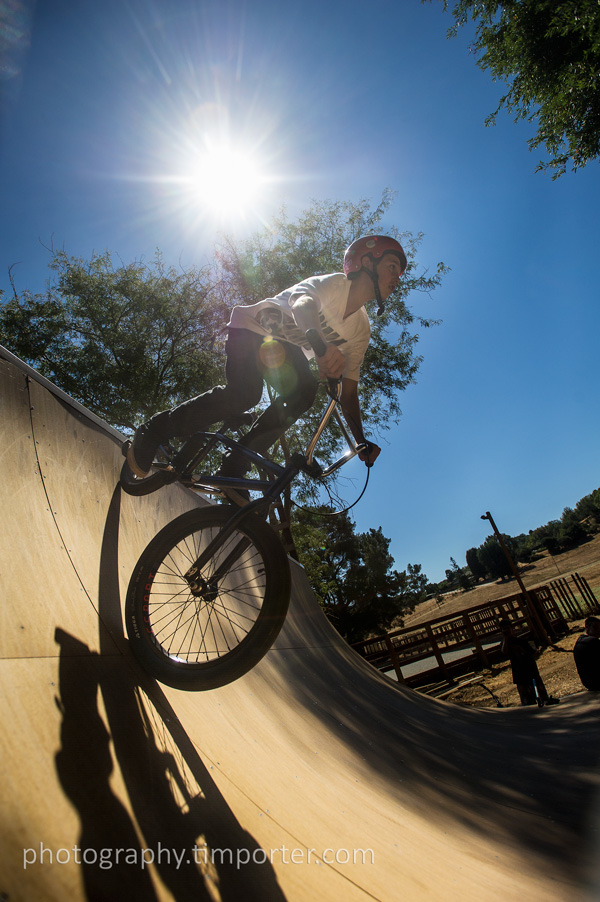
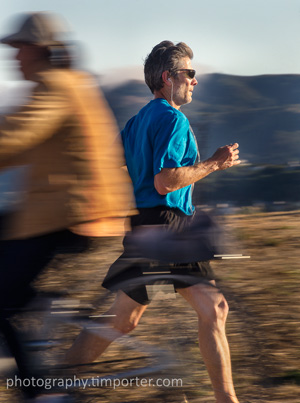 The first forces me to think in granular terms about what I do with the camera — and why. For example, one student asked me why I usually use ISO 400 as my base setting when most digital cameras have ISO settings lower than that. Well, I answered, somewhat lamely, it’s because I grew up on
The first forces me to think in granular terms about what I do with the camera — and why. For example, one student asked me why I usually use ISO 400 as my base setting when most digital cameras have ISO settings lower than that. Well, I answered, somewhat lamely, it’s because I grew up on 
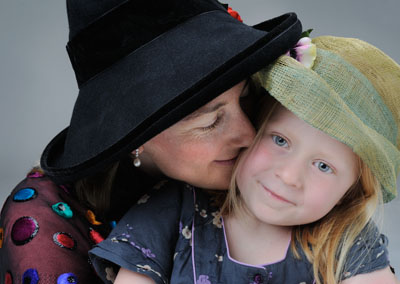
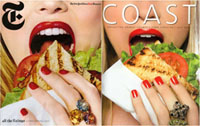 * Bite Me, I’m an Art Director: Hey, if you’re going to rip off someone else’s cover concept, why not steal from among the best — the New York Times’
* Bite Me, I’m an Art Director: Hey, if you’re going to rip off someone else’s cover concept, why not steal from among the best — the New York Times’  * Get Visual, Buy a Book: Here’s a good list of
* Get Visual, Buy a Book: Here’s a good list of  One of my great challenges in photography has been making new techniques work the first time out on the job. I haven’t always been successful at that, so if the job permits (meaning there’s enough time or the art director doesn’t have a specific shot in mind) I usually plan on a back-up shot as well, something I’m sure I can pull off.
One of my great challenges in photography has been making new techniques work the first time out on the job. I haven’t always been successful at that, so if the job permits (meaning there’s enough time or the art director doesn’t have a specific shot in mind) I usually plan on a back-up shot as well, something I’m sure I can pull off.
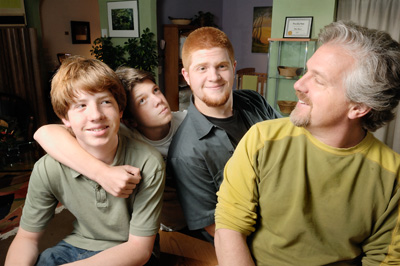 Just a quick post on this portrait because I am jamming to finish a couple of magazine projects before I head out of town for a working vacation — to the wedding of a friend in Cartagena. Vive los novios!
Just a quick post on this portrait because I am jamming to finish a couple of magazine projects before I head out of town for a working vacation — to the wedding of a friend in Cartagena. Vive los novios!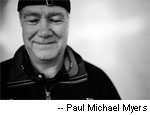 * Expanding or Contracting? Jim McNay, in
* Expanding or Contracting? Jim McNay, in  Some people say their love affair with photography came when they first picked up a camera. It didn’t happen that way with me. I had been idly making snapshots with my first 35mm camera — a Pentax — for months before I felt a moment of magic, and that happened not with my eye in a viewfinder, but with my hands in a tray of developer. I fell in love with the print.
Some people say their love affair with photography came when they first picked up a camera. It didn’t happen that way with me. I had been idly making snapshots with my first 35mm camera — a Pentax — for months before I felt a moment of magic, and that happened not with my eye in a viewfinder, but with my hands in a tray of developer. I fell in love with the print. When I shot film, I came to live for the print because the print enabled me to see the image I’d made. Later, as I switched to digital I realized I didn’t need the print to experience the excitement of the image. There it was, on the computer, large and vibrant. I still enjoyed the “darkroom” work — enhancing contrast, extending tone, shaping color — but now the darkroom was dry and digital instead of damp and chemical, so I stopped printing.
When I shot film, I came to live for the print because the print enabled me to see the image I’d made. Later, as I switched to digital I realized I didn’t need the print to experience the excitement of the image. There it was, on the computer, large and vibrant. I still enjoyed the “darkroom” work — enhancing contrast, extending tone, shaping color — but now the darkroom was dry and digital instead of damp and chemical, so I stopped printing. * People Who Need People: The New York Times
* People Who Need People: The New York Times 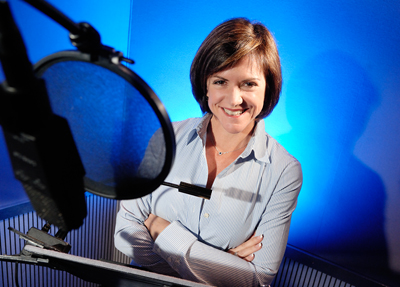 Anyone who has worked in media knows the end product — magazine, newspaper, film — represents a series of choices and decisions made by individual creators, the team as a whole and, increasingly in films, the audience. (And, of course, web-based media like
Anyone who has worked in media knows the end product — magazine, newspaper, film — represents a series of choices and decisions made by individual creators, the team as a whole and, increasingly in films, the audience. (And, of course, web-based media like  We shot for about 30 minutes in the booth, including a sequence in which she acted out some scenes (left).
We shot for about 30 minutes in the booth, including a sequence in which she acted out some scenes (left).

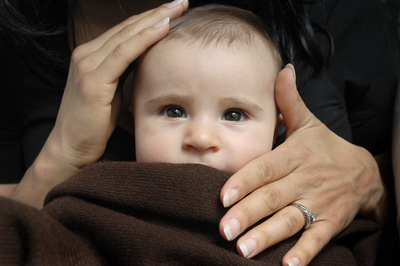 This is a story about a simple picture gone wrong and why a do-over is sometimes the right thing to do.
This is a story about a simple picture gone wrong and why a do-over is sometimes the right thing to do. Later, looking at the shoot in the computer, I kept thinking, “How could I blow a shot of a baby.” All I wanted was
Later, looking at the shoot in the computer, I kept thinking, “How could I blow a shot of a baby.” All I wanted was 


 There’s a new technology out for point-and-shoot cameras (and no double some day soon fo DSLRs) that’s not going to make
There’s a new technology out for point-and-shoot cameras (and no double some day soon fo DSLRs) that’s not going to make  The
The